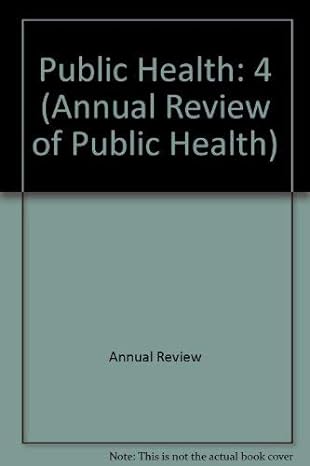风险度量:稳健性、可激励性和回溯测试。
IF 21.4
1区 医学
Q1 PUBLIC, ENVIRONMENTAL & OCCUPATIONAL HEALTH
引用次数: 10
摘要
风险度量不仅用于金融机构的内部风险管理,也用于外部监管(例如,在巴塞尔协议中,用于计算金融机构的监管资本要求)。尽管风险管理是基础,但如何选择一个好的风险度量是一个有争议的问题。我们回顾了关于风险度量的文献,特别是关于亚可加性、稳健性、可启发性和回溯测试等问题的文献。我们还试图澄清文献中的一些误解和困惑。特别是,我们认为,尽管缺乏一些数学便利性,但由于统计和经济考虑,如捕获尾部风险、稳健性、可启发性、回溯测试和盈余不变性,在设定《巴塞尔协议》资本要求时,缺口中值(即尾部损失分布的中值)是比预期缺口更好的选择。《统计年鉴》第9卷预计最终在线出版日期为2022年3月。请参阅http://www.annualreviews.org/page/journal/pubdates用于修订估算。本文章由计算机程序翻译,如有差异,请以英文原文为准。
Risk Measures: Robustness, Elicitability, and Backtesting.
Risk measures are used not only for financial institutions' internal risk management but also for external regulation (e.g., in the Basel Accord for calculating the regulatory capital requirements for financial institutions). Though fundamental in risk management, how to select a good risk measure is a controversial issue. We review the literature on risk measures, particularly on issues such as subadditivity, robustness, elicitability, and backtesting. We also aim to clarify some misconceptions and confusions in the literature. In particular, we argue that, despite lacking some mathematical convenience, the median shortfall-that is, the median of the tail loss distribution-is a better option than the expected shortfall for setting the Basel Accords capital requirements due to statistical and economic considerations such as capturing tail risk, robustness, elicitability, backtesting, and surplus invariance. Expected final online publication date for the Annual Review of Statistics, Volume 9 is March 2022. Please see http://www.annualreviews.org/page/journal/pubdates for revised estimates.
求助全文
通过发布文献求助,成功后即可免费获取论文全文。
去求助
来源期刊

Annual Review of Public Health
医学-公共卫生、环境卫生与职业卫生
CiteScore
26.60
自引率
1.40%
发文量
36
审稿时长
>12 weeks
期刊介绍:
The Annual Review of Public Health has been a trusted publication in the field since its inception in 1980. It provides comprehensive coverage of important advancements in various areas of public health, such as epidemiology, biostatistics, environmental health, occupational health, social environment and behavior, health services, as well as public health practice and policy.
In an effort to make the valuable research and information more accessible, the current volume has undergone a transformation. Previously, access to the articles was restricted, but now they are available to everyone through the Annual Reviews' Subscribe to Open program. This open access approach ensures that the knowledge and insights shared in these articles can reach a wider audience. Additionally, all the published articles are licensed under a CC BY license, allowing users to freely use, distribute, and build upon the content, while giving appropriate credit to the original authors.
 求助内容:
求助内容: 应助结果提醒方式:
应助结果提醒方式:


